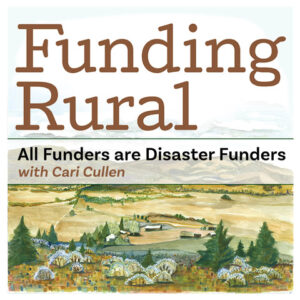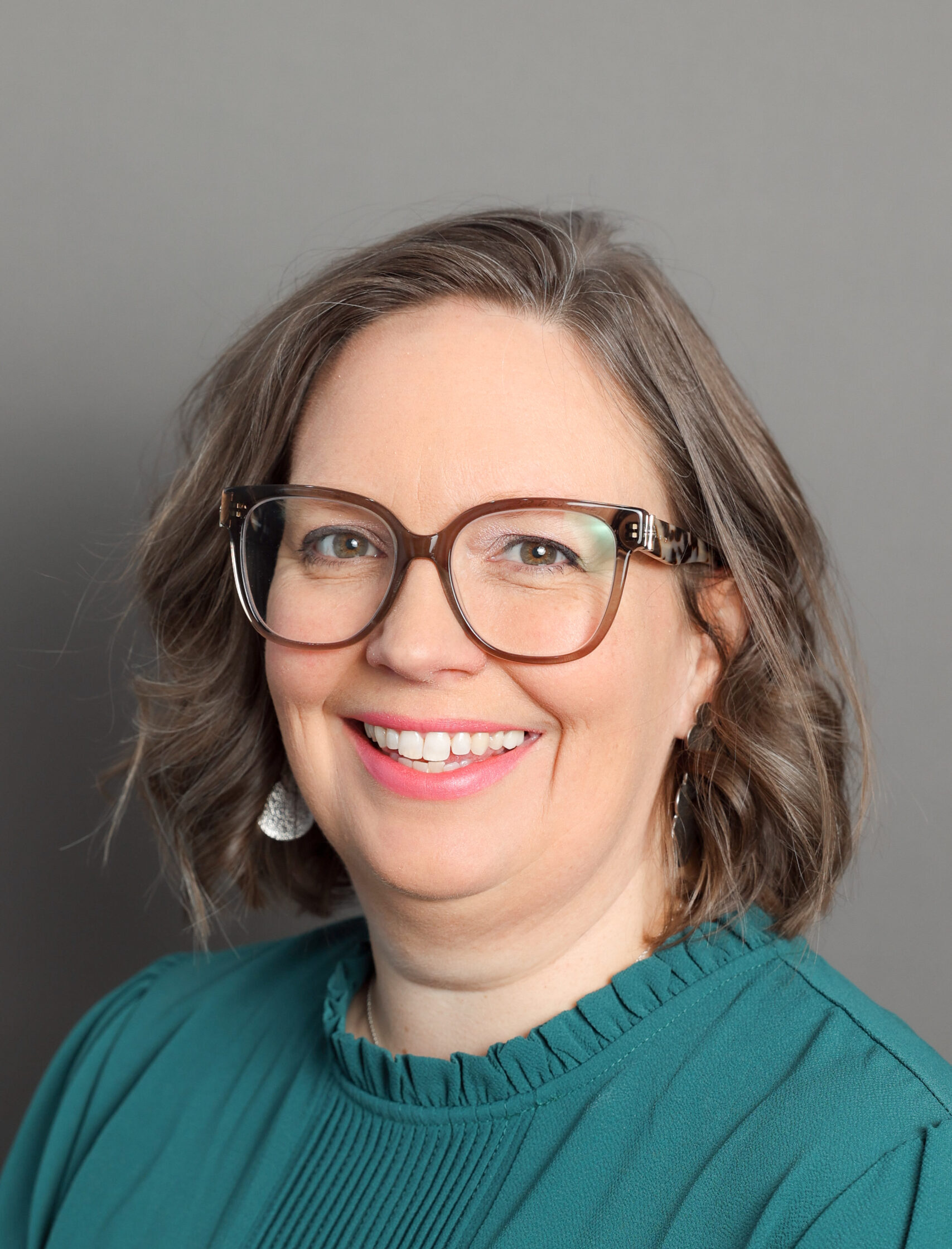Helping rural communities affected by recent severe weather

For the last several years, the Midwest Early Recovery Fund has been keeping a running list of climate and weather-related disasters impacting rural spaces, especially those in Arkansas, Iowa, Kansas, Minnesota, Missouri, Montana, Nebraska, North Dakota, Oklahoma and South Dakota. The list in 2024 gets longer every day.
As severe storms, including tornadoes and derechos, bringing damaging wind, hail and water to communities, continue to impact wide portions of these states and others, our fund management team is diligently working to assess needs and plan for how we will support equitable, long-term recovery.
Rural disasters

I recently talked about rural disaster funding with Erin Borla, executive director and trustee of Roundhouse Foundation and a member of CDP’s advisory council, for the Funding Rural Podcast. During our conversation, we discussed how in rural spaces it can initially appear easy to see the need after a disaster, especially from outside the community, and jump in to try to fill it. Unfortunately, it soon becomes evident that this response doesn’t meet the need, in fact, it often causes more problems. Instead, if we take time to listen, we usually find that there are more equitable, community-led solutions that address both immediate and long-term systems change needs.
We know there are some challenges all communities, especially rural communities, face after a disaster. Things like translating the highly complex system of disaster recovery into actionable steps and coordinating survivor information and ensuring equitable distribution of resources from multiple agencies. Another example is identifying and securing sufficient resources to address the unmet needs of those most vulnerable to the impact of disasters, developing and sustaining mid- to long-term recovery efforts, and meeting the specific needs of individual populations, such as children and youth, LGBTQIA, non-English speaking, and those with access and functional needs.
Rural communities that have lost grocery stores, major employers, hospitals, nursing homes, government facilities, schools and 25% or more of their housing will face additional barriers to equitable recovery.
How we’re helping affected communities
In the context of recent storms across the region, we are not passively waiting, but we are actively listening. We are collecting information, watching what the larger systems are doing – where they are bolstering community capacity and supporting equitable recovery – and where there are rural communities or populations within communities that are intentionally or unintentionally missed in the distribution of resources. We are ready to support them.
Throughout the past several weeks, we have been in touch with local, place-based funders, past and current grantee partners, state VOADs, and local, state, regional and federal government; all in efforts to connect dots. While the financial resources we can provide community-based organizations to carry out recovery services are critical, often what is even more needed is our ability to connect a community leader with someone who has recently been through a similar situation.
One way we do this is by connecting a nonprofit organization that’s just beginning to do “disaster work” with one that is seasoned and has training and insight, or a trusted government partner with a local connection. Often our role is to remind each other that this is about relationships, trust-building, community organizing and connecting work to humanity.
What funders can do
Amid the seemingly never-ending news about recent disasters, it’s easy to get overwhelmed, but it is time for us to dig deep. Do you know a local, place-based funder or community-based organization in areas impacted by disaster? Check on them now and ask them what they need. AND make a note to check on them in two weeks, six weeks and six months.
Don’t assume you know what they need: Give them flexible dollars if you can. Help them strategize and connect dots where you are able, and most of all remind them they are not alone.
Don’t even know where to start? At CDP we are ready to help through our fund management, advisory services or connective networks. Please don’t hesitate to reach out. Join us as we continue to support low-attention, rural disasters.
For more information on recent storms and tornadoes impacting the region, see our weekly updates and our disaster profiles: 2024 Severe Weather and 2024 US Tornadoes.
